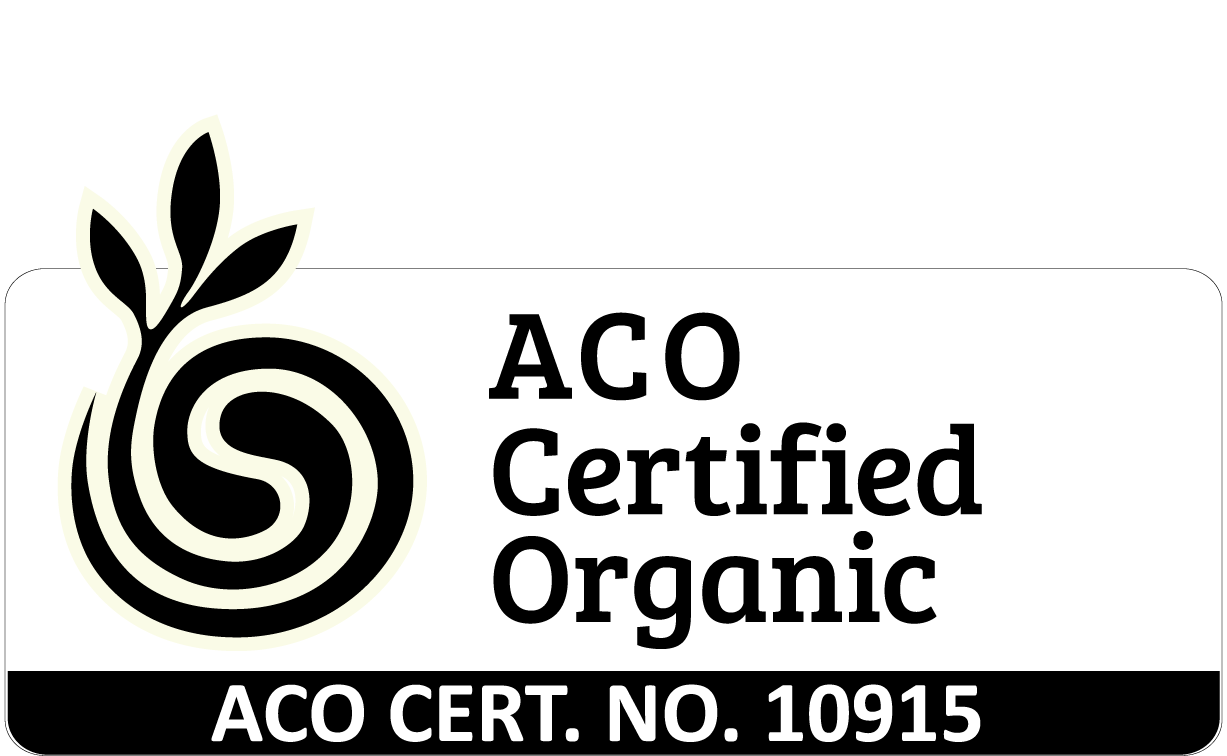Why You Should Be Concerned About Cosmetics Safety

The “food” that is absorbed into our bodies through our skin contains thousands of chemically-derived synthetic ingredients. Some of these have been proven to harm our bodies, while the majority are untested, since it is unnecessary to comply with regulations.
This is truly a scary proposition that can also be quite confusing for consumers who are trying to live a healthier lifestyle. I am going to explain how the regulations work, so that you can be more informed, and hopefully avoid unnecessary harm.
By the way, as you may have guessed, at Ausganica we believe that you should never have to risk harming yourself or your family when using cosmetics. And you should also not have to become an expert to determine if your products are safe. That’s why we use only high quality plant-based and natural ingredients in our products, and why we adhere to three organic certifications. It’s worry-free beauty. But that’s another story …
A Question of Safety
The government’s regulation of the cosmetics industry in the United States is what is known as “hands-off.” The FDA relies on the industry to regulate itself, and it will take enforcement action only if it receives reliable information that a product is unsafe.
Hands-off regulation can be a good thing, in that it promotes business, and relieves companies of burdensome regulations, but it also means trusting all companies to ensure the safety and effectiveness of their products before offering them for sale.
What this mean is that your safety is potentially at risk if you are not certain that the company you buy products from has your best interests in mind. With thousands of unregulated companies out there, can you be sure when you select a new product from the store shelf?
Thousands of Unanswered Questions
The Environmental Working Group (EWG), a co-founder of the U.S.-based Campaign for Safe Cosmetics, maintains the world’s largest ingredient database for personal care products called Skin Deep.
So far, Skin Deep has identified 8,890 unique chemical ingredients from among 152,580 listings on thousands of products. Imagine! Each ingredient was listed an average of 23 different ways.
While many of these ingredients are known to be cancer causing; others are endocrine (hormone) disrupters, toxic, skin irritants, and skin penetrators that cause us to “eat” these chemicals.
Cosmetics enter our bodies when applied to the skin, or through inhalation under steamy bathing conditions when our lungs are most vulnerable.
The truth is, there is a dearth of studies to assess the impact of this exposure on our health. The popular refrain is that we should not be concerned, because the concentration of each chemical exposure is low.
Okay, but there is another big concern for consumers that makes it impossible to access the health impact, even if we had the means.
The FDA’s rules do not require full transparency of ingredients. While we can see that many ingredients are listed on products in order of quantity, many people may not know that those ingredients related to flavor, fragrance, or “trade secret ingredients,” can be kept secret.
This big loophole effectively keeps consumers in the dark. If your cosmetics brand is not fully committed to transparency, and if it is not verified by a third party, you have no way of knowing what might be in your moisturizer or shampoo. Didn’t I tell you it was scary?
Times are Changing
Awareness of diet and lifestyle’s impact on our health has skyrocketed in recent years, and for good reason. Awareness of the dangers associated with chemicals in cosmetics has been behind, but it is now catching up.
Organic and natural beauty brands are trending and growing faster than the conventional cosmetics market. No matter how many colorful and enticing products are created using cancer-causing synthetics, once people have the awareness, they are rejecting them. We don’t need them either.
Conscious beauty brands such as Ausganica are proving that organic aromas and advanced skin actives can achieve the same, or even better results than conventional, salon-style products.
There is nothing to worry about when you can use functional peptides, hyaluronic acids, and antioxidant actives that are sourced from pure and natural botanicals and superfoods.
If you have questions about your cosmetics, I encourage you to educate yourself.
Below is a partial list of the Chemicals of Concern, as identified by the Campaign for Safe Cosmetics, a leading consumer organization that is working to change the status quo in this industry.
14 of the 39 Chemicals of Concern
For details, and the full list, please visit this link.
- 1,4 Dioxane (linked to cancer, used to create suds)
- Acrylates (found in nail polish)
- Benzophenone and related compounds (linked to cancer, used in lip balm and nail polish)
- Butylated compounds (linked to organ toxicity and endocrine disruption)
- Carbon Black (linked to cancer; used in mascara, eyeliner, lipstick)
- Carcinogens in cosmetics (known carcinogens are allowed)
- Coal Tar (known carcinogen)
- Ethanolomine Compounds MEA, DEA, TEA, etc. (linked to cancer)
- Ethoxylated ingredients
- Formaldehyde and formaldehyde-releasing preservatives (found in liquid baby soaps)
- Homosalate (potential endocrine disruptor)
- Hydroquinone (highly toxic; used for skin lightening)
- Lead, Arsenic, Mercury, etc. (widely used in cosmetics)
- Methylisothiazolinon and Methylchloroisothiazolinone
Moreen Liao is a descendant of four generations of traditional Chinese medicine doctors. She is also a certified aromatherapist and the founder of Ausganica, a manufacturer of salon-quality, certified organic cosmetics. Visit Ausganica.
 Ausganica
Ausganica







